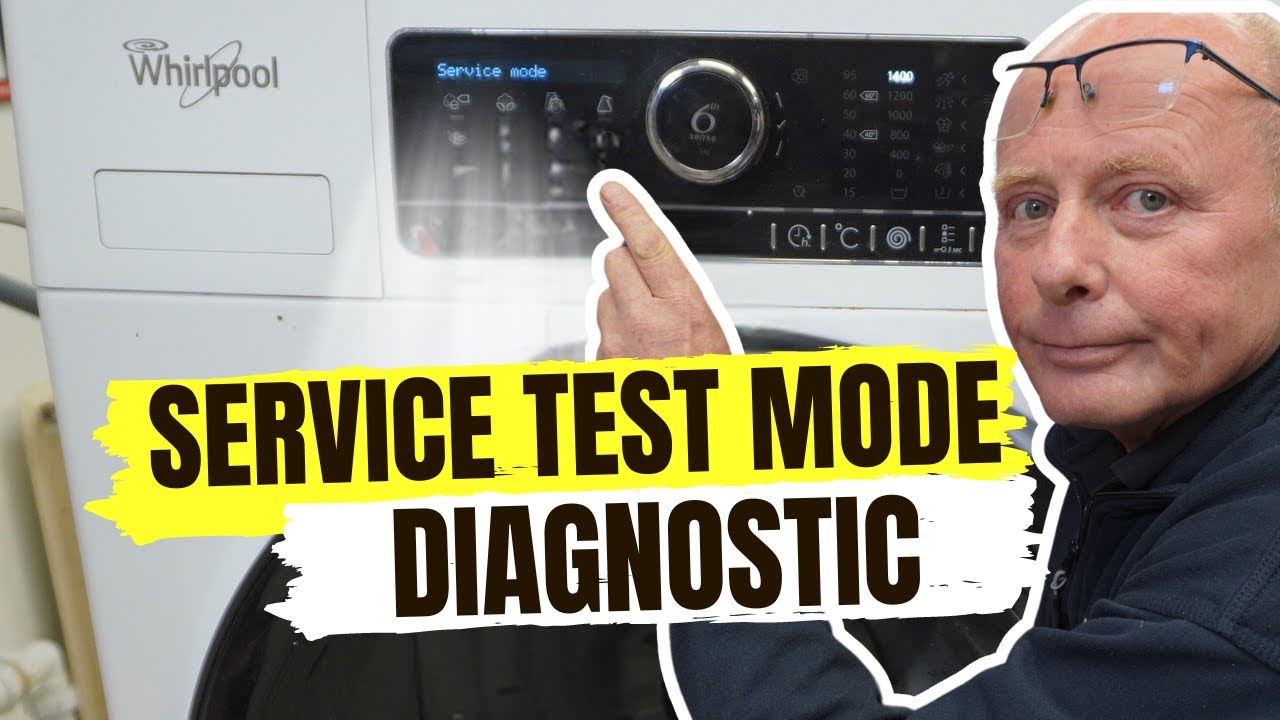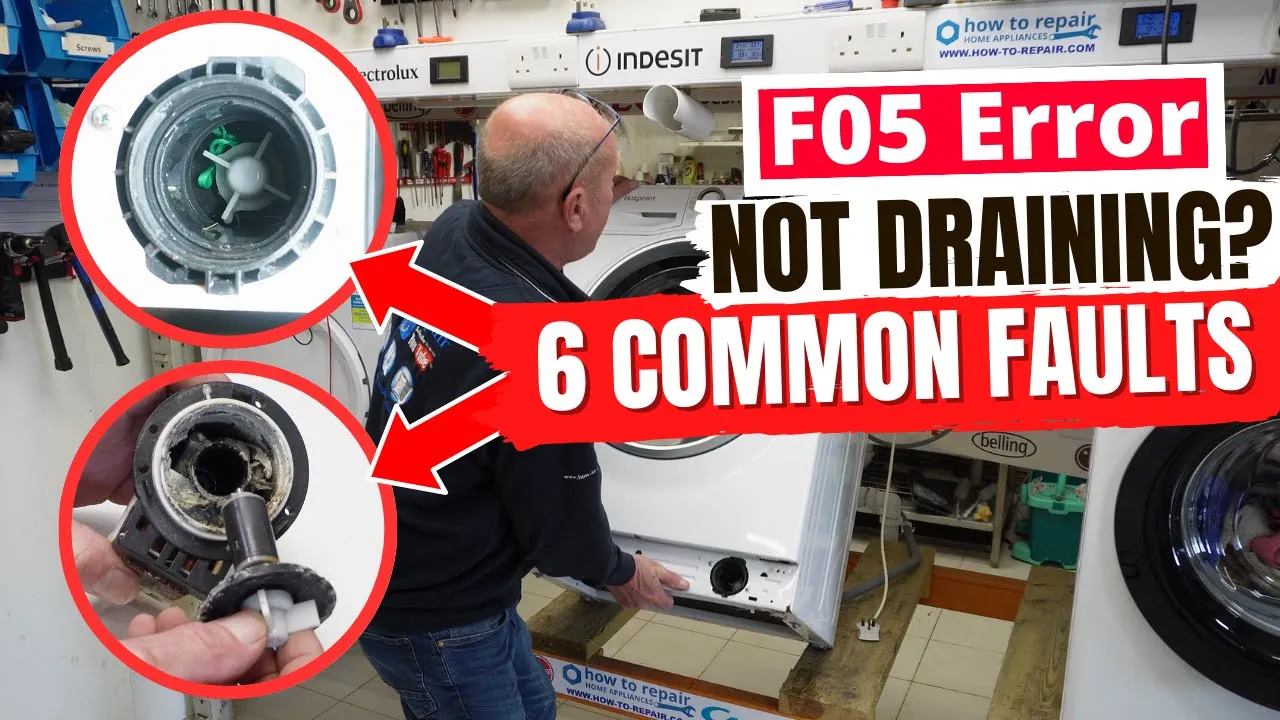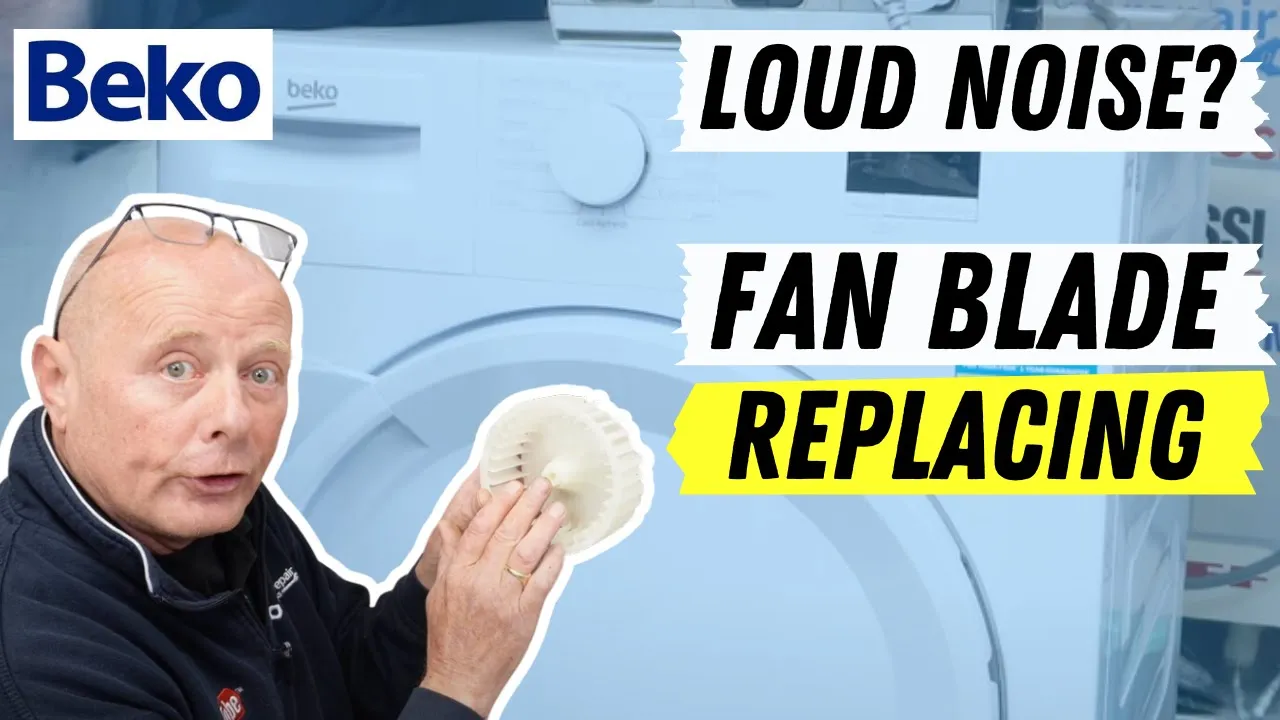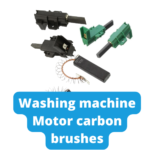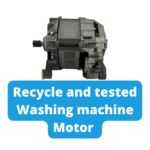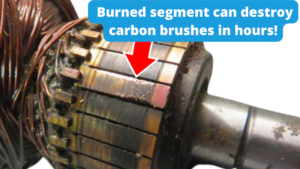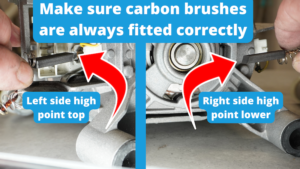Testing washing machine brush motors with a professional test rig
This video will not only show you how to diagnose the problem with your motor, but also how we test all our recycled, washing machine motors
Understanding Brush Motors in Washing Machines
Electric motors power our trusty washing machines – some run on AC, others on DC. The power supplied to these motors typically comes from circuit boards, and the type used depends on the manufacturer.
How They Work 🔄
- Basic Function: Brush motors transform electrical energy into mechanical energy. They have a rotating part called the armature, or rotor, and stationary magnets.
- The Role of Brushes: Carbon brushes are key. They transmit power to the armature via a commutator – a rotary electrical switch. This ensures the motor runs smoothly by maintaining the correct flow of current.
- Magnetic Interaction: The force that turns the motor comes from the interaction between the armature's magnetic fields and the stationary magnets, driving the drum of your washing machine.
🚫 NOTE: when searching for washing machine carbon brushes, you will always need your full model number and brand if you cannot find what you're looking for please use the Contact Us page
🚫 NOTE: when searching for new or recycled washing machine motors, you will always need your full model number and brand if you cannot find what you're looking for please use the Contact Us page
How to go about diagnosing any problems when your washing machine motor
Safety First 🔒
Most motors have a thermal cut-out to prevent fires if they overheat. Using a multimeter, check the windings for continuity and ensure there's a path from the terminals to the brushes.
Inspecting Armature Damage 🔍
- Visual Inspection: Look for damage like scoring, discoloration, or uneven wear on the armature. These signs can indicate problems with the brushes or the motor's alignment.
- Testing Continuity: A multimeter can verify the armature windings' continuity. The ohms reading will depend on the motor's size.
Inspecting Carbon Brushes 💡
- Wear and Tear: Carbon brushes wear down from friction. They should have at least a centimeter of length. If not, consider replacing them.
- Surface Contact: The brushes must contact the commutator well. Uneven wear or chipping can impair performance.
- Spring Tension: Brushes are spring-loaded. Check for sufficient tension and ensure there's no restriction in the holders that could cause overheating and damage.
How the Tachometer Works 🎚️
- Speed Sensing: A tachometer controls and senses the motor's speed, often using a small generator or magnetic sensor.
- Functionality: It generates a voltage or pulse as the motor spins, with a frequency that's proportional to the motor's speed.
- Feedback System: This feedback lets the washing machine's controller adjust the motor speed for different cycles.
Key Takeaways 🗝️
- Regular Checks: Maintain the armature and carbon brushes to prevent issues and extend the motor's lifespan.
- Understand Symptoms: Knowing signs of wear and damage can help diagnose problems early.
- Importance of the Tachometer: It's crucial for regulating the machine's speeds, ensuring efficient wash, spin, and rinse cycles.
Remember, knowing your way around these components is not just about maintenance – it's about making smart choices for repairs and replacements. A well-maintained motor ensures a reliable washing machine, which is great for both the appliance and the environment. Keep this knowledge handy, and you'll be ready to tackle the intricacies of washing machine brush motors.
Testing the rpm on a washing machine motor

